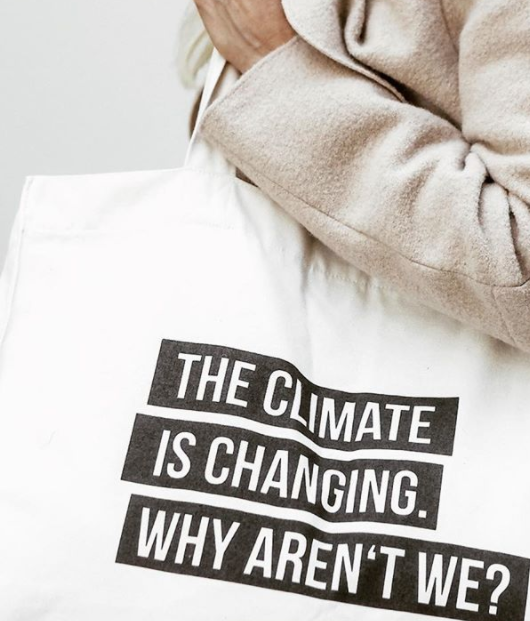On Nation branding. How Do You Brand Your Country?, By Lama Ramadan
We often say that brands are like people, they are shaped by their personalities, the way they speak to their audiences, adapt through certain situations and present themselves is natural and expected, but what does it mean when countries or nations brand themselves.

According to WIPO World Intellectual Property Organization: ‘’Nation branding generally refers to a country’s strategy to convery a particular image of itself beyond its borders to achieve certain beneficial goals. The notion is associated with the existence of a ‘’great global market’’ where countries, cities and regions, compte with each other to attract the largest number of tourists, investors, consumers, students, events and so on. ‘Ín other words, nations do have a certain image to portray, but what are the components of building this persona, how is it measured, and what are their objectives?
Several scholars discuss the fundamental bases to nation branding ; it certainly combines its welfare, prosperity and effective governance, but also involves the ways in which a nation behaves.
Simon Anholt, an independent policy advisor who has worked to help develop and implement strategies for enhanced economic, political and cultural engagement with other countries, argues that nations are not reduced to a series of marketing techniques but rather to having a ‘competitive identity’. Additionally, he adds: ‘’Through the lens of Competitive Identity, a country’s image does not depend on what the country tells the world ; it depends on what its national identity stands for and its actions and behaviors in relation to the broader global community’’ — these actions are changeable according to several fronts, economic, political, legal, social and cultural.
Other authors debate on this notion, believing that nation branding depends on marketing and management or even international relations and public diplomacy. But how do you measure the nation’s brand value? And why does it matter? According to the Anholt IPSOS Nation Brands Index, several components may be used, such as through Exports, Tourism, Culture & Heritage, People, Investments and immigration.
FutureBrand— a tool to assess the Country’s index— allows the external public to assess each country in a manner similar to that used to evaluate a brand. Based on Brand Finance, USA tops the list, due to the country’s robust economy, quality of life, heritage and culture, tourism, products and services.
Measuring the country’s brand value matters because it gives an overview of the tangible and intangible assets that amplify a nation’s appeal, serving as magnet for investments, tourism, and international collaborations.
Additionally, the GoodCountry Index interprets how empathetic and inclusive a country is: the nation is rated (according to their GDP) based on several areas such as Science & Technology, Culture, International Peace & Security, World Order, Planet & Climate, Propserity & Equality and Health & Wellbeing.
Furthermore, nation branding also relies on a graphical implementation or emblem. It is the most direct, credible way to communicate visually with the world. The latter serves as a positive uplift to the tourism, exports and investments, and draws in skilled labor.
Hence, my question to you is, how would you view your country ; do you believe it has the room for growth, is it competing on the international stage, or better yet, is it contributing to the betterment of humanity and the world?





